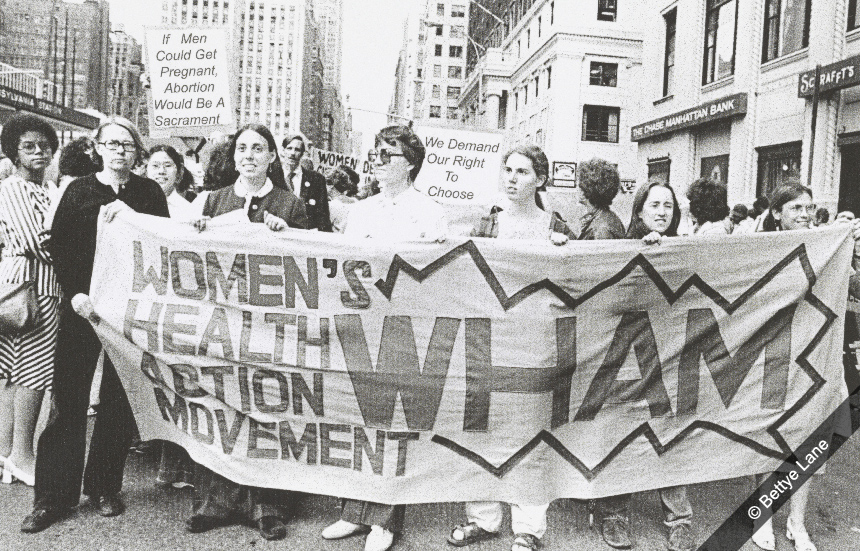Hello ladies and gents this is the Viking telling you that today we are talking about
FEMALE FIRSTS
Women's health movement, 1970s
The 1970s marked an increase of women entering and graduating from medical school in the United States. From 1930 to 1970, a period of 40 years, around 14,000 women graduated from medical school. From 1970 to 1980, a period of 10 years, over 20,000 women graduated from medical school.
This increase of women in the medical field was due to both political and cultural changes. Two laws in the U.S. lifted restrictions for women in the medical field – Title IX of the Higher Education Act Amendments of 1972 and the Public Health Service Act of 1975, banning discrimination on grounds of gender. In November 1970, the Assembly of the Association of American Medical Colleges rallied for equal rights in the medical field.
Throughout the decade women's ideas about themselves and their relation to the medical field were shifting due to the women's feminist movement. A sharp increase of women in the medical field led to developments in doctor-patient relationships, changes in terminology and theory. One area of medical practice that was challenged and changed was gynecology. Author Wendy Kline noted that "to ensure that young brides were ready for the wedding night, and used the pelvic exam as a form of sex instruction."
With higher numbers of women enrolled in medical school, medical practices like gynecology were challenged and subsequently altered. In 1972, the University of Iowa Medical School instituted a new training program for pelvic and breast examinations. Students would act both as the doctor and the patient, allowing each student to understand the procedure and create a more gentle, respectful examination. With changes in ideologies and practices throughout the 70s, by 1980 over 75 schools had adopted this new method.
Along with women entering the medical field and feminist rights movement came also the women's health movement which sought alternative methods of health care for women. This came through the creation of self-help books, most notably Our Bodies, Ourselves: A Book by and for Women. This book gave women a "manual" to help understand their body. It challenged hospital treatment, and doctors' practices.
Aside from self-help books, many help centres were opened: birth centres run by midwives, safe abortion centres, and classes for educating women on their bodies, all with the aim of providing non-judgmental care for women. The women's health movement, along with women involved in the medical field, opened the doors for research and awareness for female illness like breast cancer and cervical cancer.
Scholars in the history of medicine had developed some study of women in the field—biographies of pioneering women physicians were common prior to the 1960s—and study of women in medicine took particular root with the advent of the women's movement in the 1960s, and in conjunction with the women's health movement

Comments
Post a Comment